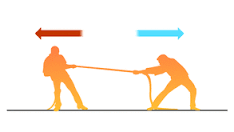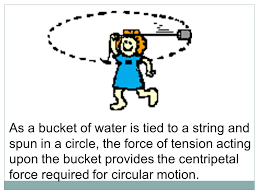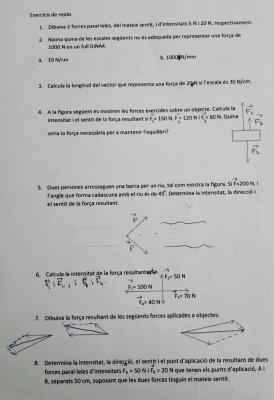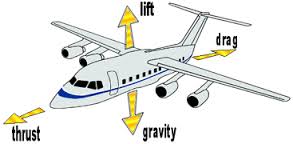4ESO Física i Química : ARTICLE 130 : Static fluids. Pressure and hydrostatic pressure.
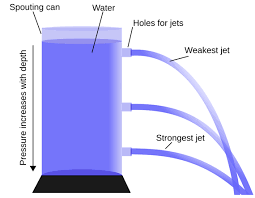


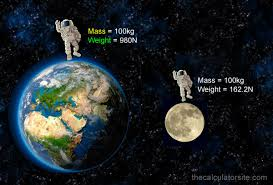
In common usage, the mass of an object is often referred to as its weight, though these are in fact different concepts and quantities. In scientific contexts, mass refers loosely to the amount of "matter" in an object (though "matter" may be difficult to define), whereas weight refers to the force exerted on an object by gravity.[1] In other words, an object with a mass of 1.0 kilogram will weigh approximately 9.81 newtons on the surface of the Earth (its mass multiplied by the gravitational field strength).
(The newton is a unit of force, while the kilogram is a unit of mass.)
Its weight will be less on Mars (where gravity is weaker), more on Saturn, and negligible in space when far from any significant source of gravity, but it will always have the same mass.
On Earth, a swing seat can demonstrate this relationship between force, mass, and acceleration. If one were to stand behind a large adult sitting stationary on a swing and give him a strong push, the adult would temporarily accelerate to a quite low speed, and then swing only a short distance before beginning to swing in the opposite direction. Applying the same impetus to a small child would produce a much greater speed.

